We all know that wars can be devastating and cause chaos for decades and generations. Nothing good comes of them and the losses are too many. Peace is lost, harmony is lost, tranquillity is lost, business is lost, work is lost, joy is lost, everything is lost.
Although many people are against war, the truth is that they do not know how to act to stop it. However, there are a variety of ways to take a stand against war.
Ways to help
Helping the people who need it most is one of the ways to be truly supportive. If the help is selfless and altruistic, its value is double that of other gestures.
But beware, it is not just a matter of giving what we no longer need or of distributing what we have left over to the most vulnerable.
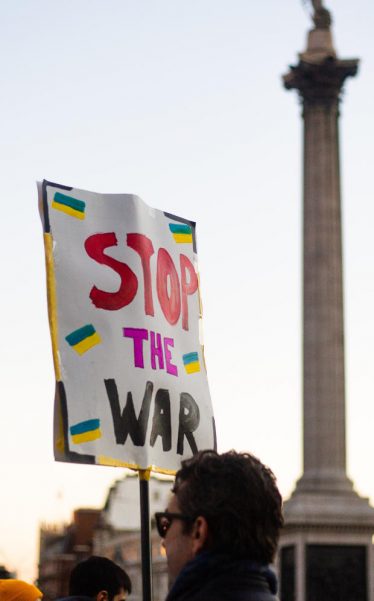
Selfless help is something else: it is sharing what we have with others who need it and, thanks to this, contributing to their well-being and quality of life.
It is obvious that every day someone needs help. It is normal. However, a situation of armed conflict is a more intense, acute and delicate problem. Therefore, help is even more necessary.
One of the first things we can do is to inform ourselves about the issue. This means that we must read and follow the news.
Informing ourselves means that we must try to know all the information, but be careful, we must seek information from different sources, we must seek information from all the actors involved in the problem.
It is necessary to try to understand the issue fully. For my personal taste, I consider that researching about the historical background of the areas that are at war is important.
From the different associations of humanitarian aid they recommend to look for reliable information to be able to choose and know which are the best ways to help.
Other people decide to protest. If you want to join a protest that someone else has organized, there are many ways to find out when it will take place.
The signs you decide to use during the protest should convey an idea. But, the truth is, if no one believes in what you are doing, no one is going to help.
If you want to create change in the face of a war, you need to get other people to have this conviction as well. So, you have to start by connecting with the community and getting other people involved.
All help is welcome
However, it is not necessary to take a flight to the other side of the world to do your bit. You can also do it through simple, everyday acts with immense human value.
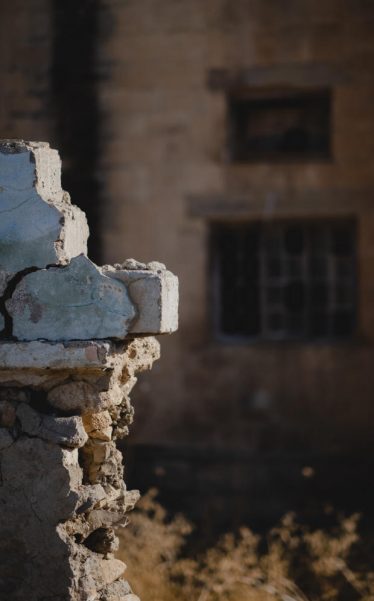
All help is welcome. Help can range from financial donations, food, medical supplies, clothing or blankets.
You can also send hygiene and care products for babies, offer accommodation and ensure their psychological care at a time when it is more necessary than ever.
You can donate basic necessities, medicines, food or even sums of money to finance assistance projects for populations at risk of vulnerability.
One of the basic support measures to help war victims is the international reception of refugees.
We would like to note that, refugees are understood to be all people who are fleeing the conflict.
This procedure must be carried out in a legal manner to ensure the safety of both the people being received and the host families.
Through experiments, American researcher Paul Slovic discovered that people are more likely to help one person rather than many.
This was observed in a neurological study conducted by a team of researchers at the University of Lübeck in northern Germany.
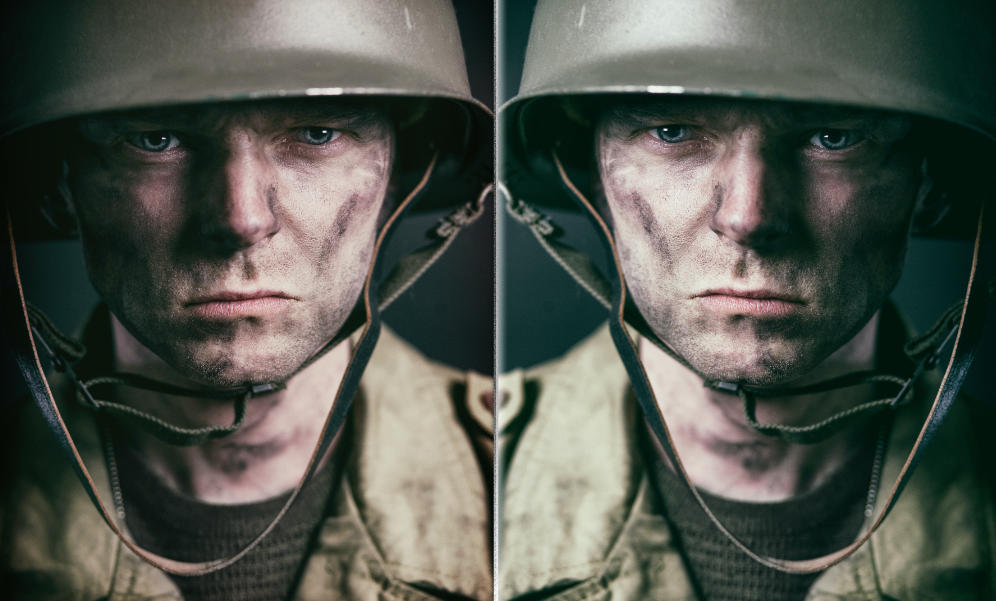
The scientists found that the brain area responsible for empathy showed much more engagement with emotional stories affecting a single person.
The researcher also points out that selfishness also plays a crucial role. The issue, for example, of the war in Ukraine, we feel it as a threat because we feel its proximity. Unlike what we feel about attacks against the Uyghurs, or people in Africa.
The world’s population is estimated at 7 billion, with 1.8 billion between the ages of 14 and 24. This means there are more young people today than at any time in history. And the number will continue to grow.
The majority (89%) of the world’s population aged 10-24 lives in less developed countries.
Syrian refugees are extremely vulnerable, with an estimated 86% of them living below the poverty line, and many refugee women face major obstacles in accessing basic resources. Lack of information is the main obstacle to the prevention and treatment of sexual and gender-based violence affecting displaced women.
Another fact to consider is that conflict and climate affected regions lack reliable access to water. This contributes to and drives extreme food insecurity, health problems, forced migration and inter-community conflict. In South Sudan, more than half of the population lacks access to water.
A World at War
Our world is a world at war.
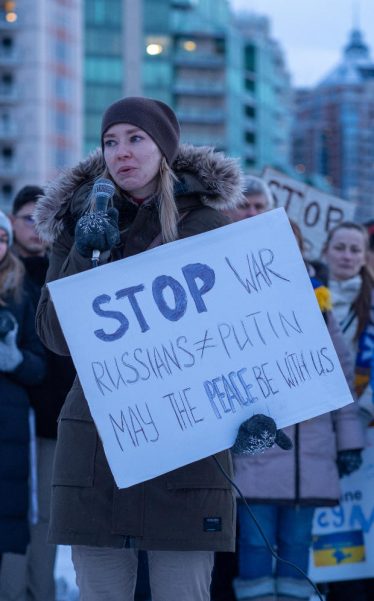
When the world seemed to be emerging from the covid-19 pandemic, tensions between Russia and Ukraine reached their worst moment. As we all know Russia invaded Ukraine.
Soldiers in trenches, shelling, civilians trying to escape, are images that bring back memories of wars of the past.
But Ukraine is not the only armed conflict in the world today. According to information from the Council on Foreign Relations, there are several armed conflicts around the world.
1. Russia and Ukraine. On January 24, 2021, Russian military forces invaded Ukraine.
2. Syria. Civil war that began in 2011. The war started after the government of President Bashar al-Assad violently repressed a series of demonstrations in the country, and numerous opposition groups took up arms. So far, the civil war has caused at least 350,000 deaths, according to UN estimates, in addition to 6.6 million displaced persons, 5.6 million of whom are refugees in nearby countries.
3. Yemen. Civil war that began in 2015. Houthi rebels drove the Yemeni government out of the capital, Sanaa. According to the UN, as of 2020 about 233,000 people had died in Yemen since the start of the civil war, 131,000 of whom lost their lives due to indirect causes.
4. Tigray. In 2018, Ethiopia spiraled into tensions between the central government and the Tigray region. This occurred after Prime Minister Abiy Ahmed came to power.
People living in conflict regions are often “energy poor” and do not have access to energy for basic needs, such as cooking food, or boiling water to purify it for drinking.
In these desperate situations, almost any material can be used as fuel, even if it is hazardous, generates harmful emissions or deforests. These include wood and charcoal, which are harmful to health.
Exposure to cooking pollutants is the fourth leading cause of death in the world, and many of those most affected are women and children. In conflict zones, fuel theft is often a problem.
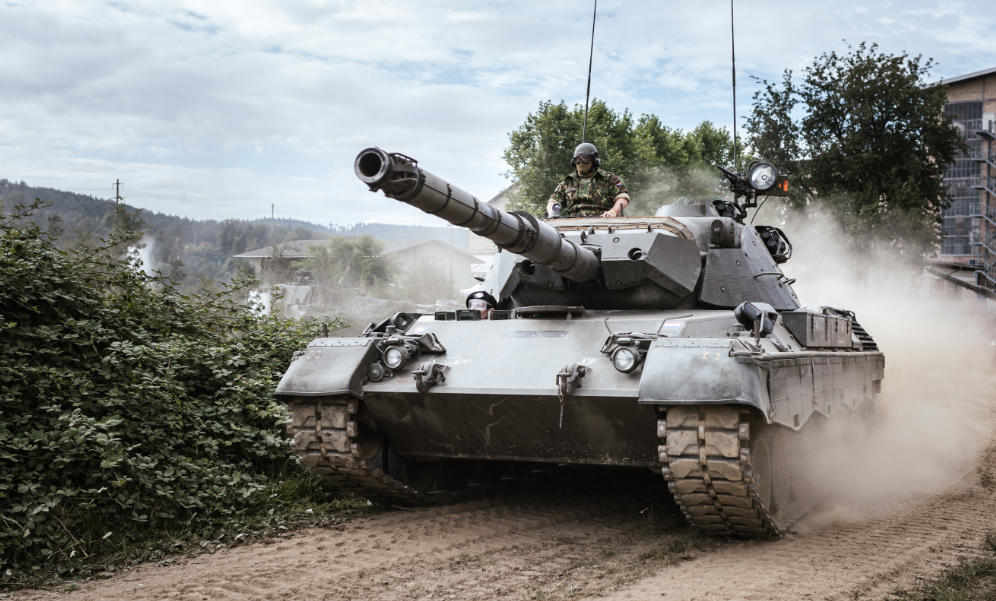
Communities affected by conflict and disasters often lack the medical resources to effectively care for injuries. This leads to prolonged care, permanent disability and death.
Effective wound care solutions are needed in such a compromised healthcare environment. Then, maintaining electricity supply for life-saving healthcare services is an ongoing challenge in humanitarian settings where power supply is regularly interrupted.
The sad conclusion
Our conclusion is sad. Our world is at war. War against the environment, wars against ourselves, in our families, within countries, war between peoples, war between independent nations.
Conflicts are the result of economic, social and political factors. The causes are often interrelated. Crises and violent conflicts can quickly destroy the fruits of years of development. They harm people physically and psychologically, rob them of their livelihoods and weaken the state and society.
War and violence destroy trust and can destroy societies. It seems that people love to be in conflict, it is as if we need it. But, no matter, we must help.


